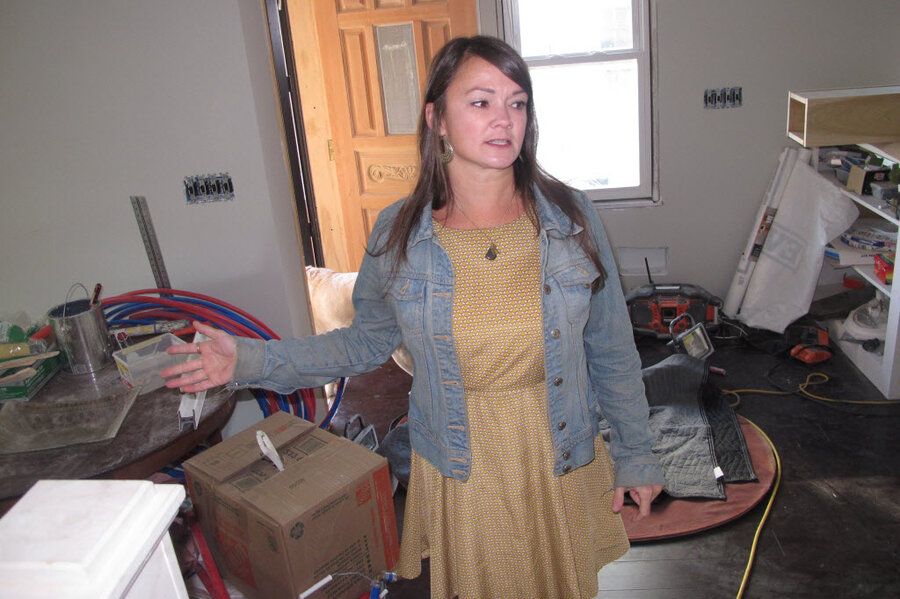Kindness of strangers helps two N.J. families return home after Sandy
Loading...
Thanks to the kindness of strangers from around the country, a couple of New Jersey families have finally moved back into their repaired homes this fall, three years after hurricane Sandy devastated their coastal community.
“We think we're all caught up in division and conflict, but when Americans hear about other Americans in need, they're extremely generous," Belmar Mayor Matthew J. Doherty told the Associated Press.
Many of the few thousand families displaced after Sandy ravaged their coastal Monmouth County town of Belmar in October 2012 were able to return to their homes by 2014, but these two families couldn’t afford to finish repairing their homes.
This prompted the city to launch a fundraising campaign in February 2014 that brought in $240,000 in cash, materials, and labor, to help Krista Sperber and Teresa Keefe make repairs so they could move their families back into their homes.
Both had run out of state and federal grant money doled out to Sandy victims tens of thousands of dollars short of the cost to repair the significant damages to their homes, said town administrators in a press release.
“These two families present our biggest challenge and are caught in a difficult situations that prevents them from returning home. We need to do something,” wrote Mayor Doherty in the announcement of the fundraising campaign.
The campaign exceeded its fundraising goal by $40,000, with most of the donations coming from complete strangers.
"We had a woman from Evanston, Ill., who wrote a check for $5,000, who had never been to Belmar, never been to the Jersey shore, never even been in New Jersey," Mayor Doherty told the AP. "She just wanted to help. It speaks volumes to the generosity of Americans."
Ms. Sperber, her husband Mike Irwin, and their children, Jack Held, 14, and Maisie Held, 12, had moved six times since Sandy. With about $70,000 raised through the campaign, the family was able to complete construction and move back into their home, turning on their electricity just last Thursday.
Sperber said she never imagined her family would be out of their home for three years.
"A contractor told us this would be a year-and-a-half to two-year process," she told the AP. "We laughed. We said, 'Come on. Stop. We have insurance, we get paid, we rebuild, end of story.' Well, the story wound up being a lot longer than anyone anticipated."
Ms. Keefe and her kids lived with relatives in Lakewood, about 30 minutes inland from Belmar. Every day she drove two hours round trip to take Shayla, 14, Shaun, 10, and Alyssa, 9, to school in Belmar, “so they can attend school with their friends and teachers they know, so they have some semblance of normalcy in their lives,” said Doherty in his plea for donations.
He added, “There is no Plan B. There is just us. And so we will not fail.”
This report contains material from the Associated Press.







